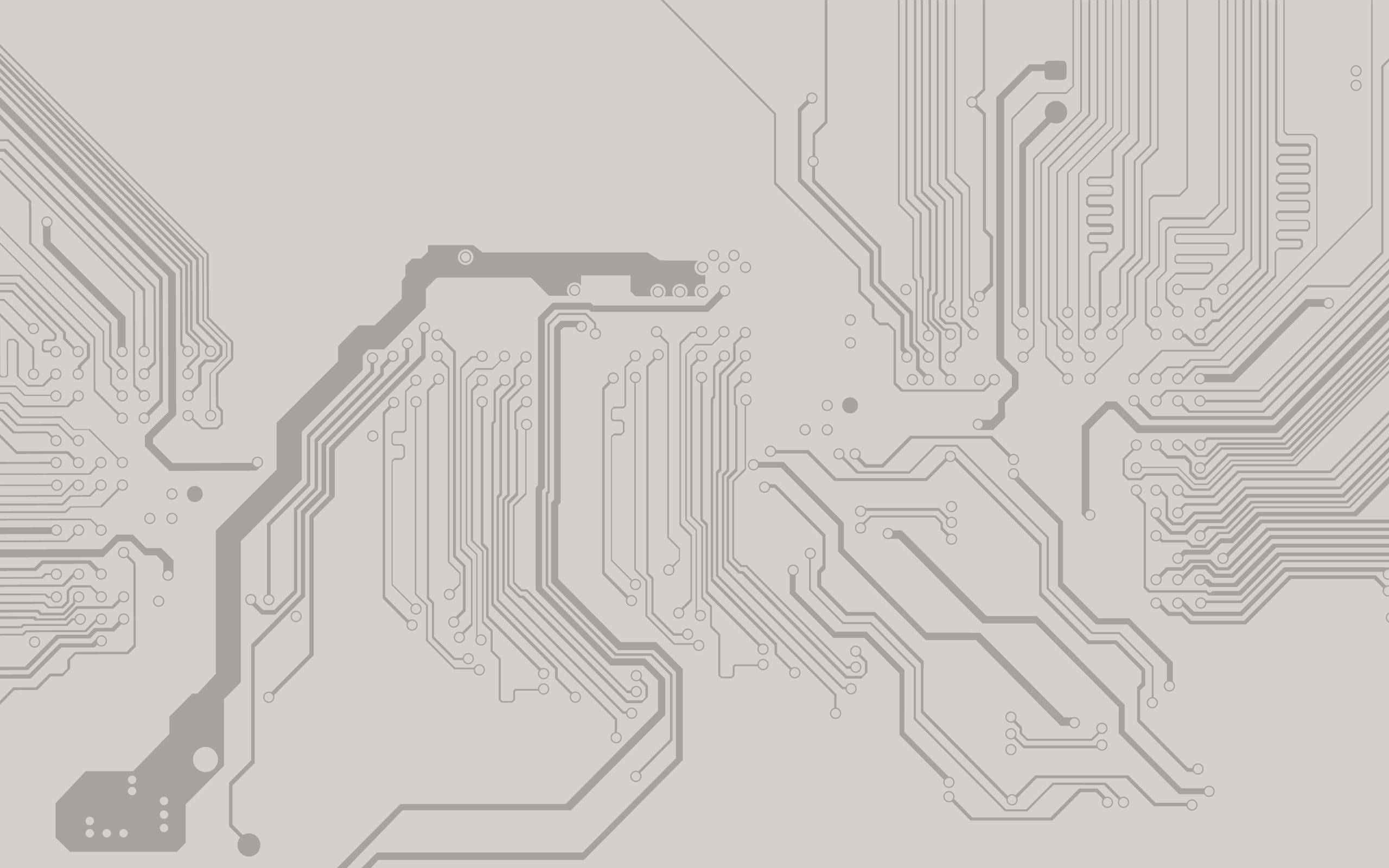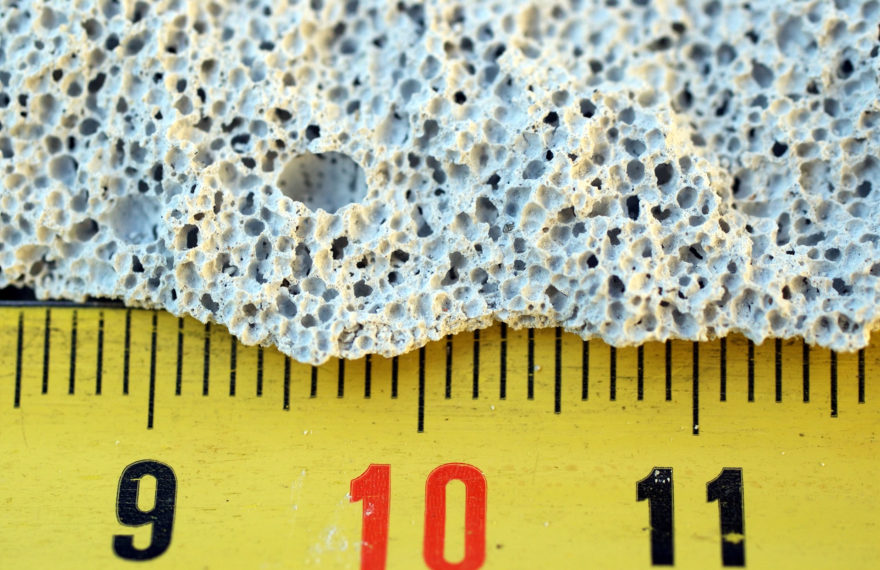
Concrete – Autoclave Aerated Concrete Production Control Systems
CompuDAS Control & Monitoring Systems are an ideal solution for replacing, updating and upgrading any autoclave aerated concrete production control system.
June 18, 2015
More Information
· Call: +1 360 427 1418
· Download Documents
· Online Inquiry

CompuDAS Control & Monitoring Systems are an ideal solution for replacing, updating and upgrading any autoclave aerated concrete production control system.
Autoclaved aerated concrete (AAC) is a concrete variant exposed to various chemical reactions and cured in an autoclave. AAC has been produced for more than 70 years. It has significant advantages over other cement construction materials, one of the most important being its lower environmental impact. Additionally, AAC offers: improved thermal efficiency, superior fire resistance, ability to be accurately cut which minimizes waste created during use, lower environmental impact in all phases of its life cycle, cost & energy savings during transportation, lower labor expenses, and increased chances of survival during seismic activity. AAC is a highly thermally insulating concrete-based material used for both internal and external construction. Besides AAC’s insulating capability, one of its advantages in construction is its quick and easy installation, because the material can be routed, sanded, or cut to size on site using standard carbon steel power tools.
This is a partial list, and demonstrates why the autoclave is now a major tool in the production of concrete for various applications. CompuDAS offers custom Control Systems to ensure that autoclaved production of AAC is consistent, batch-to-batch, as well as offering the customized recipe programming, monitoring, and data acquisitions on which we’ve built our reputation.
How is a CompuDAS autoclave Control System used in concrete manufacture?
Autoclaved aerated concrete has different production processes from that of conventional concrete. Dense (“normal” or “conventional”) concrete is typically a mixture of cement and water, often with slag or PFA, and fine and coarse aggregate. It gains strength as the cement hydrates, reaching 50% of its final strength after perhaps about 2 days and most of its final strength after a month.
In contrast, autoclaved aerated concrete is of much lower density and the chemical reactions forming the hydration products go virtually to completion during autoclaving. Instead of a month long curing period, aerated concrete blocks are ready for use as soon as they’re removed from the autoclave and cooled. All Control System functions offered by CompuDAS therefore apply to the manufacture of AAC.
Would a CompuDAS Control System apply to our particular aerated concrete process?
The autoclaved aerated concrete production process differs slightly between individual production plants but the principles are similar. There are variations in the materials used to create the initial slurry, and the condition under which the “green cake” part of the process are controlled. Our Control Systems come into play during the crucial phase of aerated concrete production when cut blocks are loaded into the autoclave. AAC is autoclaved during a relatively “long” recipe, needing time to reach maximum temperature and pressure, which is then held for perhaps 8-10 hours. This can be even longer for high density/high strength aircrete.
How does CompuDAS data monitoring and acquisition benefit our Aerated Concrete production?
Because of the long autoclave curing times associated with AAC production, a lost batch can represent significant labor and materials being lost as “sunk” costs. Real time monitoring and adjustment of key parameters can greatly improve batch to batch consistency and reduce these lost costs. Further, many of the advantages of aerated concrete as a building material (for example, improved earthquake performance) depend on precise component proportions and exact autoclave processing. If local building codes requires that any conditions of manufacture be demonstrated, a CompuDAS Control System will provide its usual superb local and remote tamper proof records of exact parameters you specify for each batch.
Products
- Critical Process Controls
- Compare Products
- Critical Process Control Model CPC-16EX
- Critical Process Control Model CPC-8
- Critical Process Control Model CPM-8
- Critical Process Monitor CPM-16
- Critical Process Monitor CPM-16EX
- The Sentinel
- Uniformity Calibrator UC-45
- Variable Vacuum Upgrade Kit
- Download Factsheets
Applications
News
Popular
Sorry. No data so far.
Contact
CompuDAS Controls, LLC
1350 E Shelton Springs Rd
Shelton, WA 98584
United States
Main: +1 360 427-1418
Email Sales/Support
